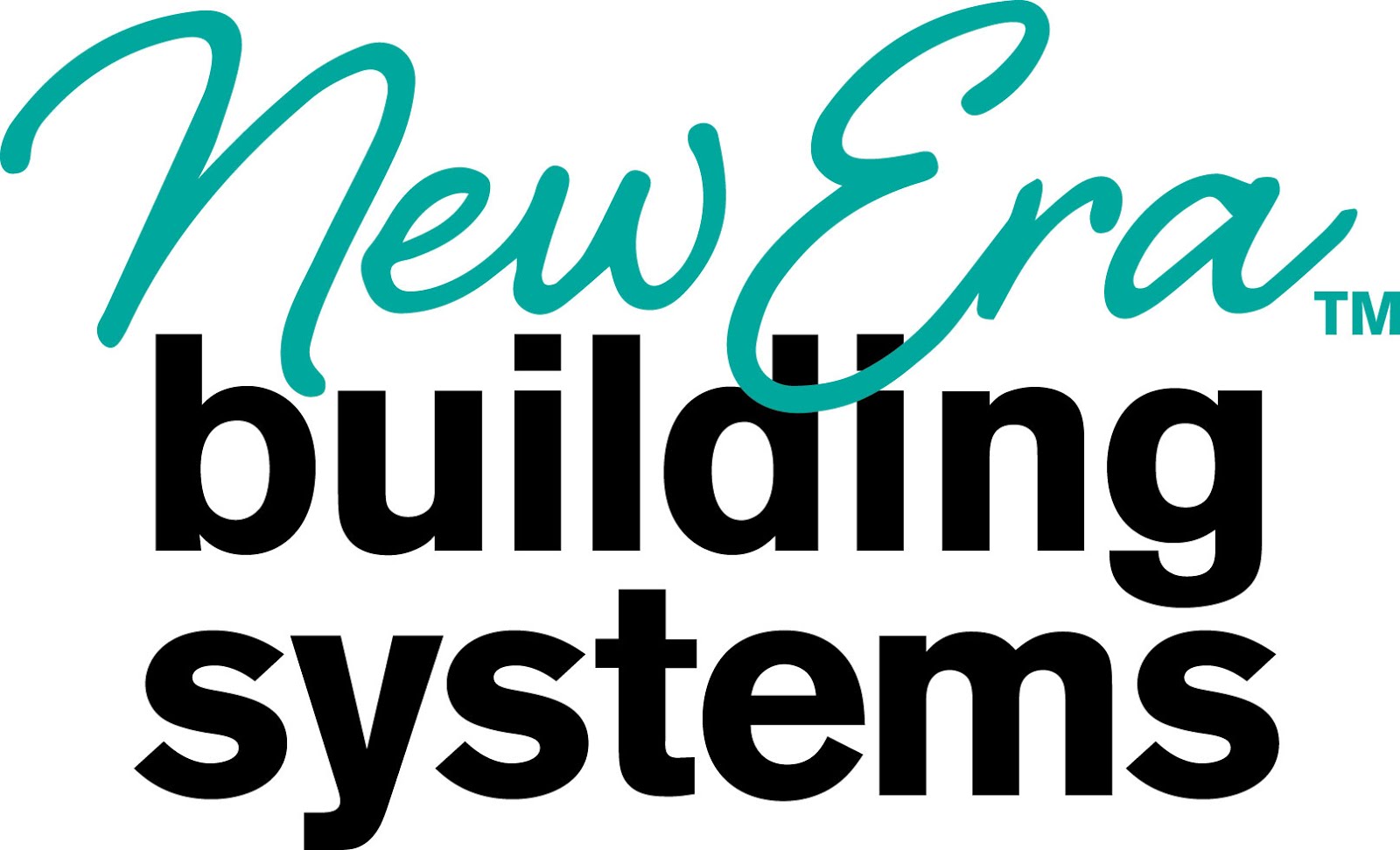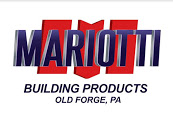For decades, modular construction factories have operated in a reactionary cycle, adopting new methods and technologies only when competitors have already proven them successful or when a project forces them to think outside their comfort zones. Owners and general managers wait for the next big shift—a regulatory change, a novel construction material, or a fresh manufacturing process—before considering innovation. They gather in conference rooms to ask, “Should we be doing this too?” rather than, “What can we create that no one else has thought of yet?”

But what if modular factories stopped playing catch-up and instead became the industry’s true disruptors? What if they designed, tested, and implemented their own new approaches to construction, production, and design before external forces dictated their next move? Instead of merely reacting to change, how can offsite manufacturers become proactive pioneers of it?
The Need for Proactive Innovation
In the world of tech startups, innovation is driven by a relentless pursuit of the next big thing—new software, faster hardware, and revolutionary ideas that challenge the status quo. But in modular construction, the mentality is often different. Factories tend to operate in a safe, iterative manner, tweaking existing systems rather than developing entirely new ones. This hesitancy is understandable. Factories have high capital investment, strict production schedules, and tight profit margins. Risking time and resources on untested innovations can seem reckless.
Yet, history proves that those who dare to innovate define the future of their industries. Tesla reshaped the automotive world not by improving gasoline-powered cars but by betting on electric vehicles when the market was skeptical. Apple didn’t just make better phones—it reimagined the entire mobile experience. The modular construction industry needs similar bold thinking if it hopes to move beyond being a follower in the built environment.
Breaking Free from the Reactionary Mindset
So how can modular home factories break free from this reactionary cycle? Here are some proven ways to infuse innovation into factory operations and move beyond just mimicking the competition:
Create a Dedicated Innovation Team
Rather than waiting for ideas to surface in leadership meetings, modular factories should establish an innovation team—a group of engineers, designers, and production managers tasked with researching and testing new building techniques, materials, and processes. This team’s sole focus should be ideation and experimentation, ensuring that the company is leading the conversation on what’s next in modular construction, not just reacting to it.
Invest in Cross-Industry Collaboration
Innovation often comes from outside your own industry. Modular manufacturers should look to automotive, aerospace, robotics, and even consumer goods for inspiration. How are these industries streamlining production? What materials are they using to increase efficiency and reduce waste? Partnerships with universities, R&D labs, and tech startups can also yield groundbreaking ideas.
Hack Your Own Factory Process
Instead of accepting that production lines must operate in a certain way, management teams should challenge their own assumptions. What happens if a production step is eliminated or automated? What if a new type of connection system could reduce build times by 30%? Hosting internal hackathons—where employees propose radical process improvements—can unleash unexpected game-changing innovations.
Pilot New Construction Methods on Small-Scale Projects
Rather than overhauling an entire factory at once, modular builders can test innovations on a smaller scale. Building an experimental prototype home, using an emerging AI-based quality control system, or running a pilot project with robotic automation allows companies to test feasibility without putting large-scale production at risk.
Think Beyond Traditional Modular Designs
Many modular factories limit themselves to boxes and panels, following decades-old production models. But what if modular homes could unfold like origami, expand upon demand, or be delivered as 3D-printed units? Exploring new shapes, collapsible structures, and hybrid materials could open up entirely new product categories that redefine what’s possible in offsite construction.
Is This Only for Startups, or Should Established Factories Innovate Too?
It’s tempting to think that groundbreaking innovation is only for startups—that large, established modular manufacturers should focus on steady, incremental growth rather than risky experiments. But this logic is flawed. Industry leaders who refuse to innovate eventually get left behind. Kodak once dominated photography but resisted digital cameras, only to become obsolete. Blockbuster ignored streaming services, and Netflix transformed entertainment.
The same will happen in modular construction. Factories that fail to innovate will eventually be replaced by those that do. It’s not just about keeping up—it’s about leading the industry into the future. The real question isn’t whether existing factories should innovate but rather how aggressively they should pursue it.
The Future Belongs to the Innovators
The modular construction industry is at a crossroads. Factories can continue waiting for change to happen—or they can become the agents of change themselves. Those who embrace proactive innovation will define the future of offsite building, while those who remain reactionary will find themselves struggling to keep up.
The most successful modular manufacturers of tomorrow won’t just be the ones who build efficiently; they’ll be the ones who think differently, act boldly, and create what hasn’t been done before. The industry doesn’t need more followers—it needs more leaders who are willing to build something truly new.
.
Gary Fleisher, The Modcoach, writes about the modular and offsite construction industry at Modular Home Source.
.
CLICK HERE to read the latest edition
Contact Gary Fleisher












